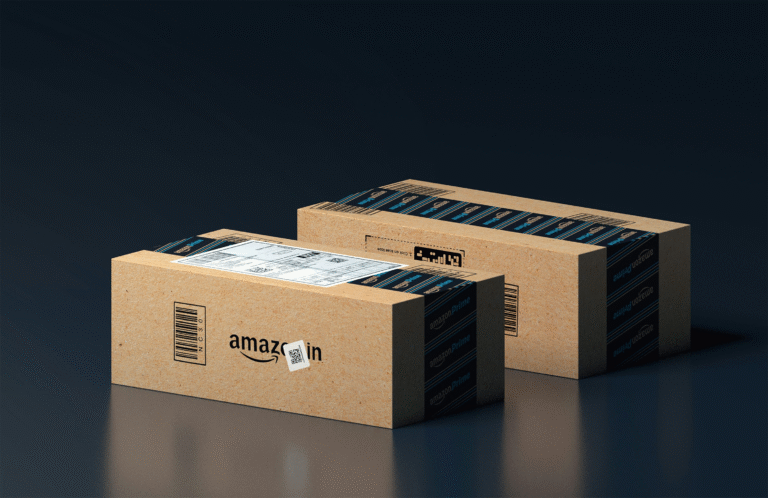Inventors are working to develop a reliable clean water supply on the moon, potentially involving a microwave oven from Tesco.
The goal of establishing a crewed lunar base has been ongoing for years but remains unfulfilled. Relying on water supplies from Earth is risky and expensive, making it crucial to find ways to extract and purify water from ice located in craters at the lunar south pole. This water would be essential for drinking, growing crops, and could be split into hydrogen for rocket fuel and oxygen for breathing.
The UK Space Agency has announced it will provide £30,000 in seed funding and expert support to each of 10 UK teams competing to solve this issue.
Lolan Naicker of Naicker Scientific Ltd, a finalist in the Aqualunar Challenge, emphasized the benefits of inviting the public to contribute ideas. This approach allows individuals with diverse problem-solving skills and backgrounds to propose potential solutions.
“It’s extremely difficult to actually come up with a viable solution,” Naicker said.
Naicker explained that the first step in his team’s plan is to microwave the dirty lunar ice. “I’m literally going to go out today, buy a microwave oven from Tesco across the road, strip it down, take out the magnetron, and then try to incorporate that into the first part of my process,” he said.
Naicker and his team are developing a “SonoChem System” that uses powerful sound waves to create millions of tiny bubbles in lunar water. Within these bubbles, high temperatures and pressures generate highly reactive substances known as free radicals, which break down contaminants in the water.
However, the team still faces significant challenges. “Remember, we need to get from this dirty ice to liquid water first. And we need to do this in an environment that’s -200°C—it’s vacuum conditions,” Naicker noted.
The teams have seven months to develop their ideas before a winner and two runners-up are selected in spring 2025. The winning team and runners-up will share a further £300,000 to continue their work. Additionally, around £600,000 is being allocated to reward solutions from Canadian-led teams.
Meganne Christian, a reserve astronaut with the UK Space Agency and chair of the Aqualunar Challenge judging panel, noted that NASA’s Artemis mission, which is backed by the European Space Agency and other partners, is still in its early stages. This mission aims to return humans to the moon.
“It’s the perfect time to explore ways to purify water on the moon, especially since we only recently confirmed the presence of water there,” she said.
Christian highlighted that the Aqualunar Challenge, funded by the UK Space Agency’s International Bilateral Fund and managed by Challenge Works in partnership with the Canadian Space Agency, features a diverse group of finalists. Many teams are also exploring how their technologies could benefit Earth.
Naicker mentioned that his team has various plans for their technology. “We could scale up the system, mount it on a van, and deploy it in areas affected by conflict. We could also develop smaller devices for regions where access to clean water is a significant issue,” he said.
Christian also emphasized that these technologies could have applications beyond the moon. “We know there is water ice on Mars, for instance. These innovations could certainly be adapted for use on Mars and other planetary bodies as we explore further in the future,” she added.
The nine other UK finalists in the Aqualunar Challenge include:
Nascent Semiconductor Ltd is working on a compact system known as the Titania-Diamond Annular Reactor (TiDAR). This system aims to decompose contaminants in lunar soil by employing a titanium dioxide catalyst, which is activated by LED-based UV light and diamond electrodes.
The British Interplanetary Society in London has developed a device called Ganymede’s Chalice. This device uses a curved mirror to concentrate the Sun’s rays onto an air-sealed crucible containing lunar ice. The heat generated boils the components within the ice, which can then be collected and stored.
The team from Queen Mary University of London is developing AquaLunarPure, a reactor designed to process lunar ice. This system first heats the ice to remove solid material and then raises the temperature to over 373°C under 220 bars of pressure. This process converts the ice into “supercritical water,” which allows contaminants to be eliminated through oxidation.
Minima Design Ltd, Suffolk, which has developed a Cyclic Volatile Extractor (CVE) – in which dirty ice is heated within a novel closed chamber under variable pressures, allowing different contaminants to be removed and stored.
RedSpace Ltd, which has come up with Frank, a Filtered Regolith Aqua Neutralisation Kit, in which lunar soil is heated to remove volatile gases before the remaining material is passed through a membrane to separate solid particles and liquid. The latter is then distilled to obtain water.
Perspective Space-Tech Ltd, which has created an innovative lunar water resource system called I-LUNASYS, in which lunar samples are heated to remove impurities as gas. Reverse osmosis is then used to separate water molecules from the sample, with the final step involving a UV filtration system.
Shaun Fletcher and Dr Lukman Yusuf from the University of Glasgow, who plan to melt dirty ice, remove large soil particles and then pump the water through an ultrasound system. This will remove gases, destroy pollutants and clump together any lunar dust, before the water is filtered to remove remaining contaminants.
Regolithix Ltd, who are developing a Regolith Ice Plasma Purifier for Lunar Exploration (RIPPLE), in which dirty lunar ice will be heated, with water vapour and solid particles separated by a device akin to a salad spinner. The vapour can then be split using a plasma torch, and the hydrogen and oxygen isolated using a molecular sieve.
Interstellar Mapping, which have come up with a Static Water Extraction System (SWES) to sublimate different volatile substances in the lunar soil at lower temperatures than ice and water are extracted and stored. The sample is then heated again to turn the water to steam which is extracted and cooled.






